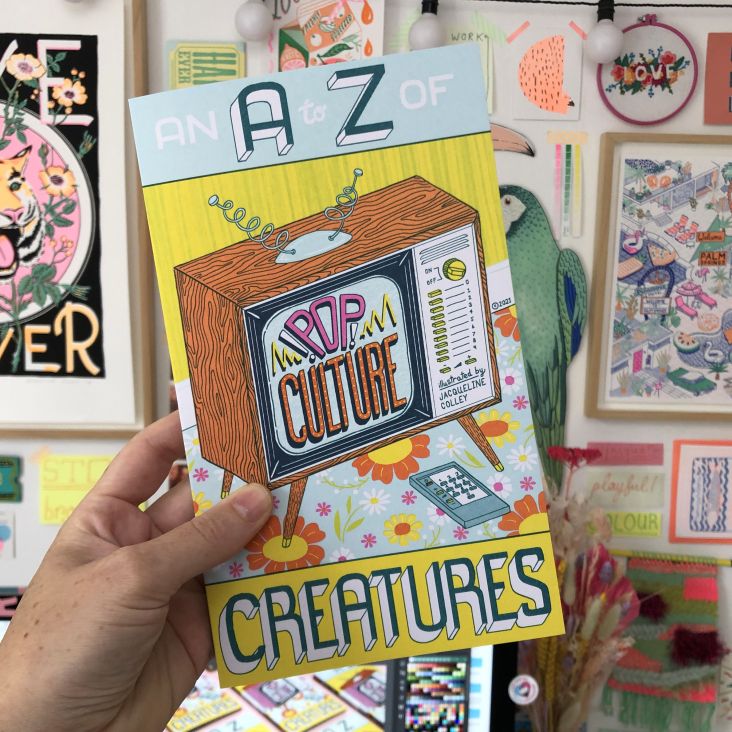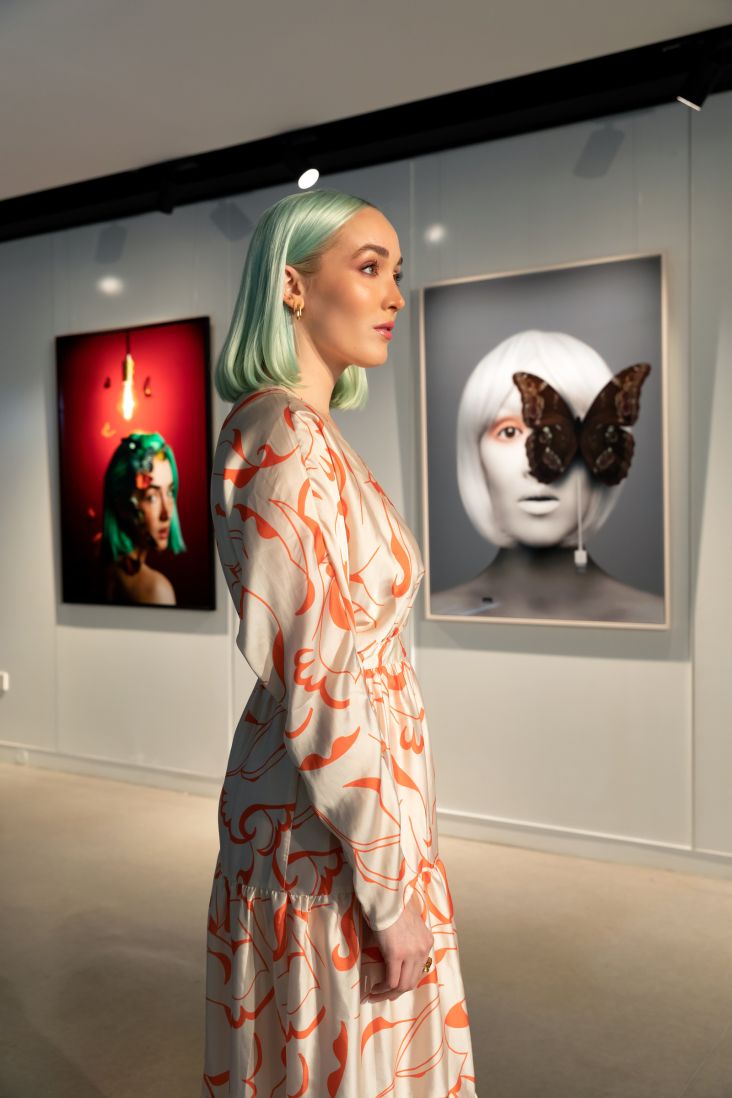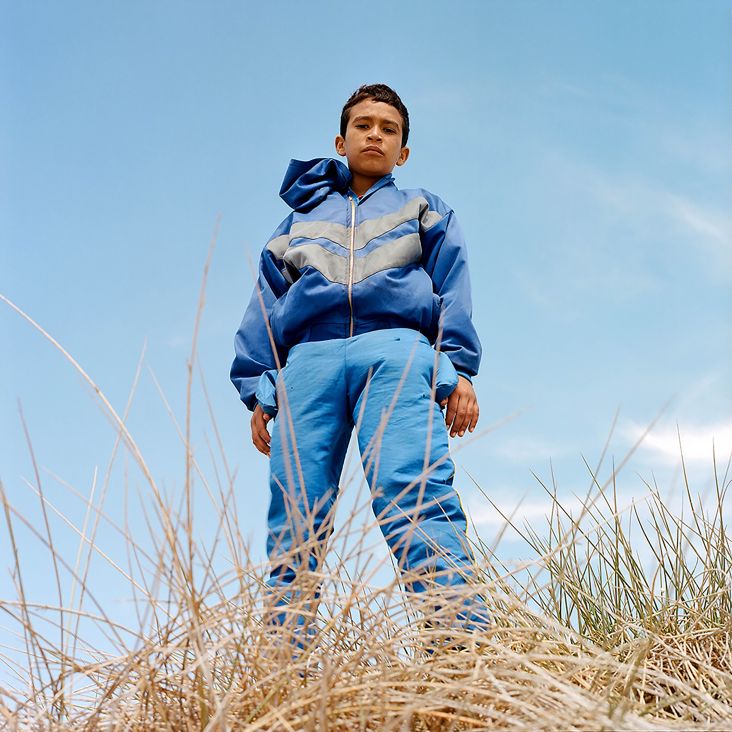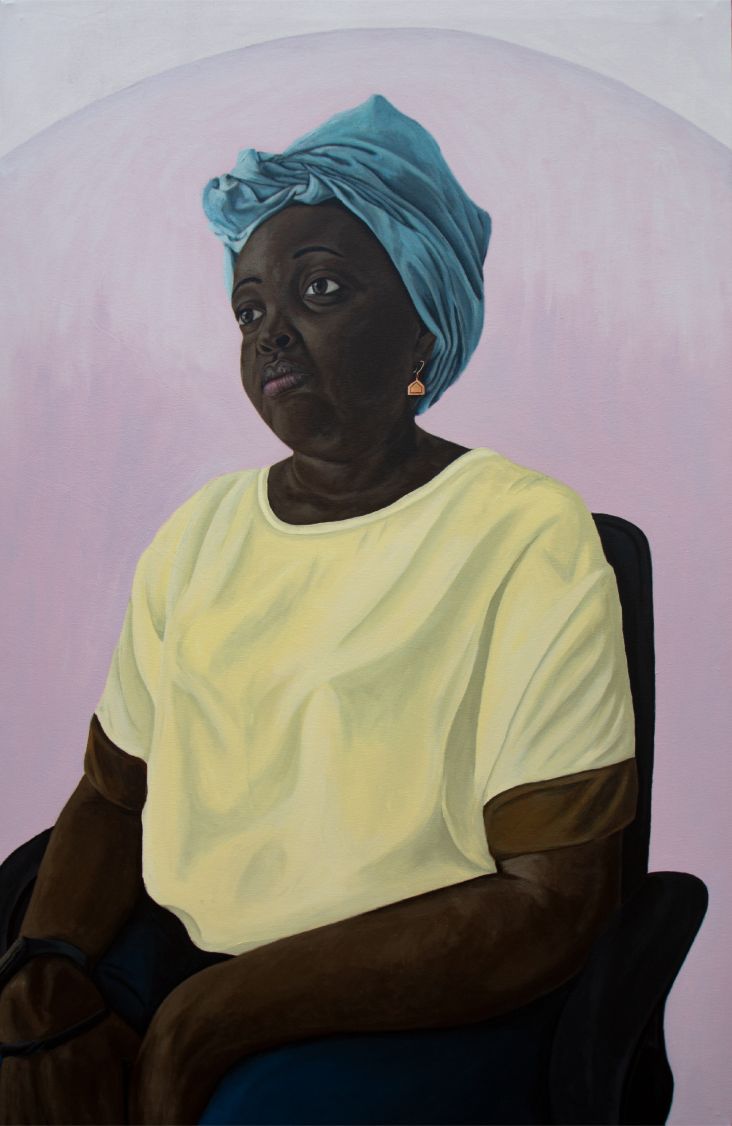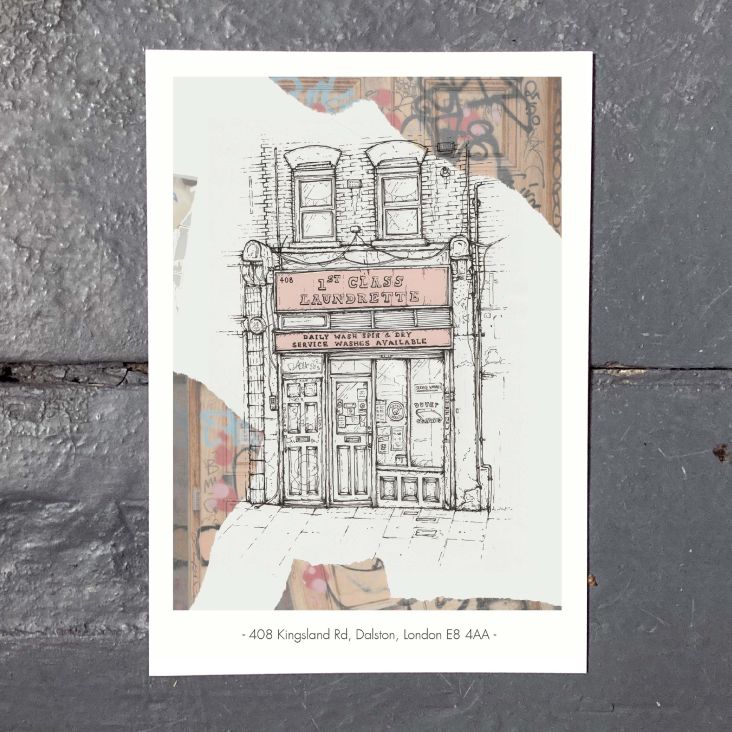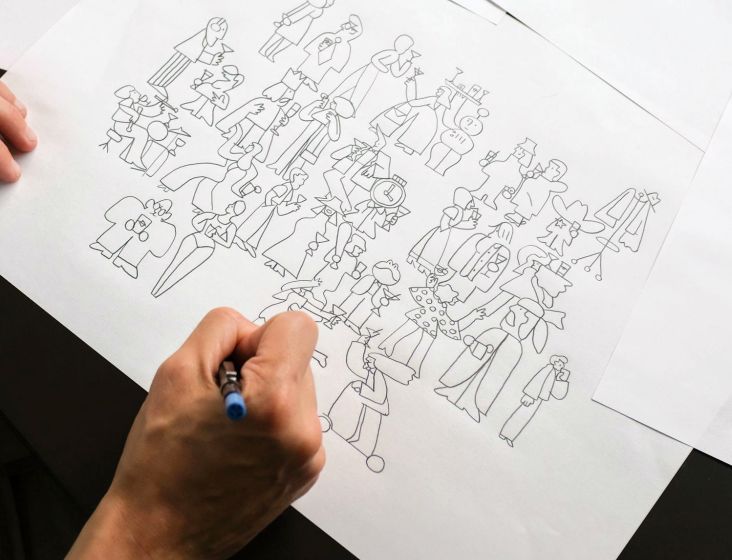Design's New Wave: 3 young creatives bringing a fresh approach to web design
Web design never stands still for long. New technologies are coming up all the time, making it easier for designers and developers to make original ideas a reality.

At the same time, new generations are rising through the ranks, bringing fresh ideas and different perspectives to the creative profession as a whole.
In this article, we'll introduce three stars of this new wave of designers, as outlined by website creation platform, Editor X, in its new documentary series, Design's New Wave. Read on to discover more about what drives them, why they're passionate about changing the world, and how they're utilising the art of web design to do just that.
Freedom to explore
Annika Hansteen-Izora is an artist, writer and designer who's currently creative director of design and UX at Somewhere Good, a social media startup reimagining the internet. And in a world where digital experiences all feel blandly functional, this designer is moving purposefully in the opposite direction.
Annika, who's originally from East Palo Alto, is not a fan of designs that guide visitors through every step – like they're on rails. So what's the alternative? Create spaces that give people more freedom to explore and discover.
"The user should be free to go wherever they want and to connect with whomever they want," Annika reasons. "I love that you can have an entire world on a website."
It's a welcome approach at a time when the world is unlocking, physical contact is returning, and people are looking to interact with each other at a more human level.
"What's really exciting to me about the web is exploring these new ways that we can connect to each other, be there for each other and ourselves," Annika says. "There are infinite possibilities in that realm. And that's what's really tight to me."
You can hear more from Annika here.
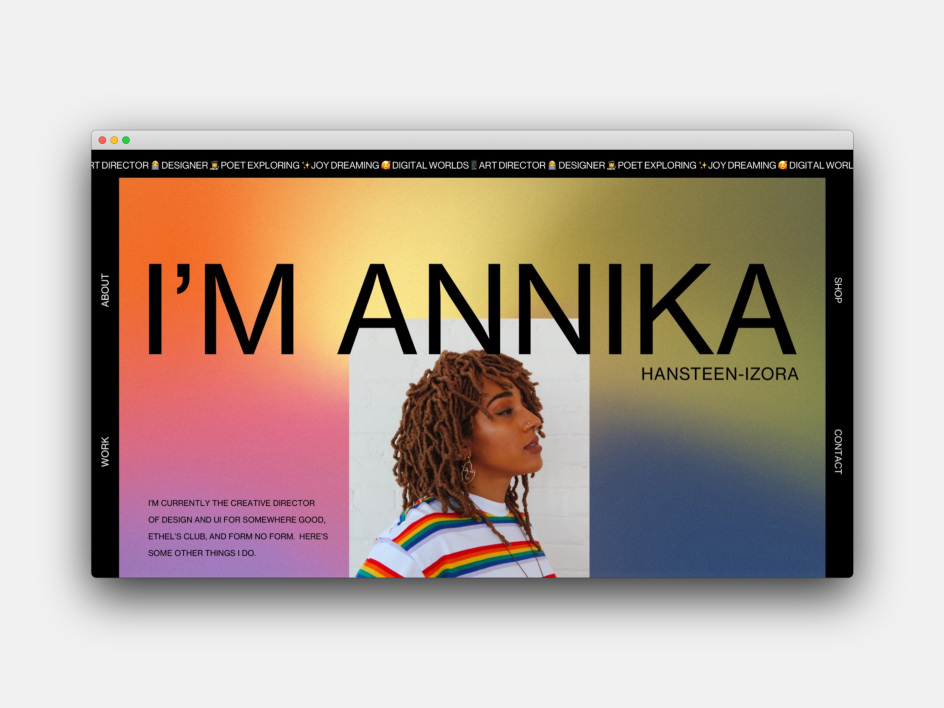
Annika Hansteen-Izora's portfolio website, made using Editor X
Unleashing creativity
These are not just airy-fairy ideas. Annika is putting them into practice at Somewhere Good, a mobile app that connects people within groups of shared interests. Aiming to bring joy and fun back to social media, its team constantly quest to make the user experience more meaningful and worthwhile.
"What are the ways we can play with the capabilities of a phone or a desktop to bring out joy?" asks Annika. "Every day, I keep discovering new ways to mess with the screen that can bring something really cool out."
It's an approach that's followed, too, on Annika's portfolio website, which was created using the Editor X platform.
"As a designer who isn't a coder, I love that Editor X allows me to make something really cool, tactile and flowing," Annika says. "I love how things on the web can change and move in really dope ways, and Editor X allows you to explore movement even if you may not know as much about coding."
Using a tool like Editor X means you can fully unleash your creativity, a concept that will undeniably be central to the future of design.
"I hope designers will be the folks who are pushing against the grain," says Annika. "We need to see the ways things are currently built and what isn't working and strive to make something new. Dreaming is the impetus for something new and non-standard. And that's where incredible work comes from."
Translating new visions
While Something Good is about bringing disparate individuals together, independent web designer Abigail Muir is focused on empowering startups and small to medium-sized businesses.
Based in Brooklyn, what drives her work and passion is the constant conversations she's having with founding teams, hearing their personal stories and learning about their visions, motivations, and problems.
"That's definitely what makes my work interesting," she says. "It's exciting for me to help people find success in a way that feels meaningful to them," she says. "I think that's why I like my job."
Her practice merges her business background with a keen interest in the cultural role that design plays in our lives. From this perspective, Abby starts each project by asking her clients detailed questions about their work, their most successful ads, and their customers' top requests.
Their replies help her to empathise with a startup's needs and address its pain points. "A lot of those things can be solved through a website," she notes. "People can find information for themselves if you make it available for them."
Listen to more from Abigail Muir in Editor X's Design's New Wave documentary.
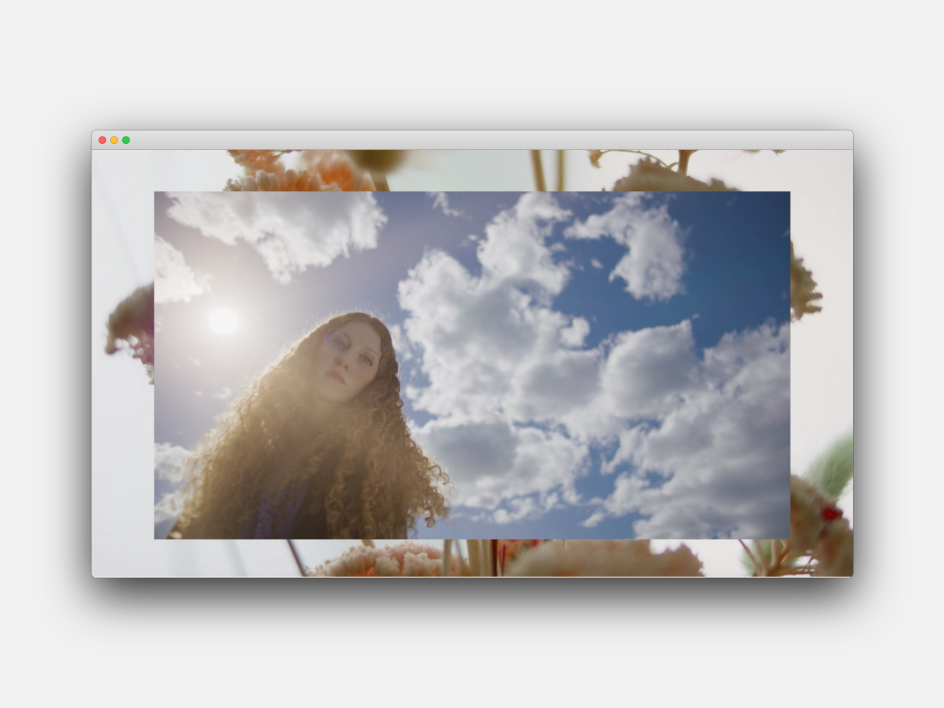
Abigail Muir
Authenticity and personality
Like Annika, though, she feels that websites need to reach beyond minimal utilitarianism and evoke a sense of authenticity and personality. "A lot of websites are super sterile," she says. "Little informal moments make it feel like there are real people behind the website."
Abigail's aim overall is to spark a chain reaction of success and positivity throughout the economy and wider society. "I hope that the businesses I support are able to provide opportunities for other people in their spheres: the people that work for them, the people in their communities and the people working on the manufacturing side," she says.
She believes Editor X, the platform she used to build her own portfolio website, is also making a big contribution to this virtuous circle. "It lowers the barrier to entry for people to craft their visions and build their businesses from the ground up on their own terms, even if they're not designers or developers by trade."
Shaping communities of colour
As you've probably noticed, one thing that unites the emerging web designers of today is passion. And for Quinnton Harris, who grew up in a small town on the outskirts of Chicago, part of that passion lies in the movement for racial equality.
After graduating from MIT and carving out a career in design, he came under the mentorship of world-renowned design leader John Maeda, with whom he worked at Publicis Sapient. Then as his experience grew, his focus started to shift.
"I started to care deeply about how my work can help shape communities of colour or serve them in beautiful and interesting ways," he says. "I had a moment where I really called into question the purpose of my work. I started to ask myself: what did I ultimately want to achieve with it?"
Then one day, he was at work during a Black Lives Matter demonstration and began to question the distinction between design and the wider world.
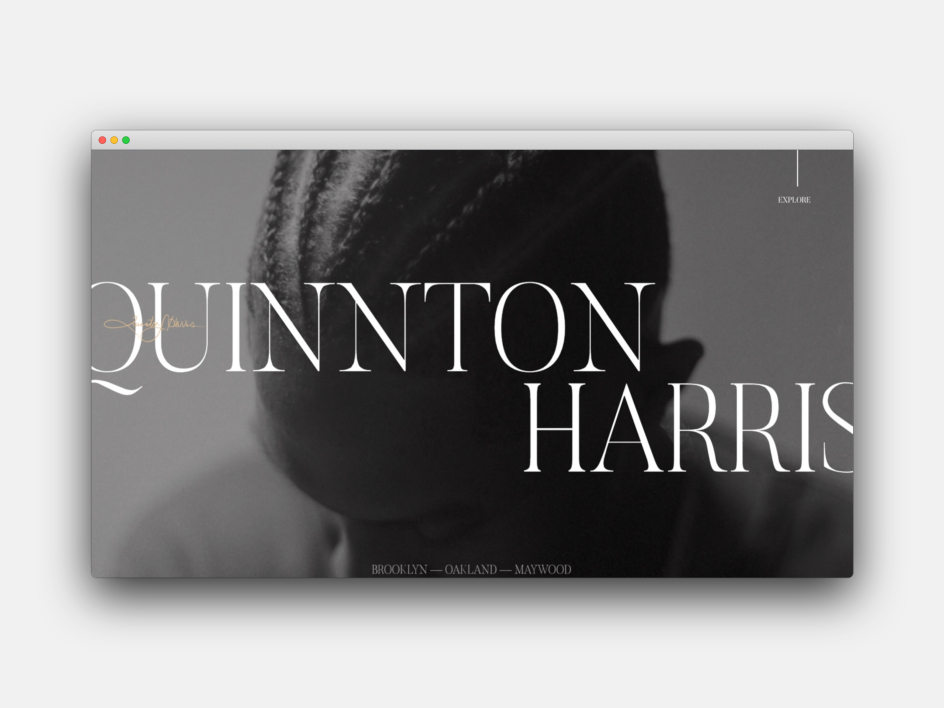
Quinnton Harris's portfolio website, made with Editor X
Reclaiming the past
"I was at the office on the 11th floor, looking down, and there was this physical separation between myself and the people on the ground fighting," Quinnton recalls. I remember asking myself, should I be down there protesting with them, or should I protest through the work that I create here? Where is my fight?"
This disquiet only heightened after the death of George Floyd in 2020. Consequently, Quinnton founded an independent collective of black creatives called Hella Creative, which initiated the Hella Juneteenth campaign.
Juneteenth commemorates June 19, 1865, in which the last enslaved people in the United States were freed. The campaign lobbied for companies to make Juneteenth an official holiday for their employees. It quickly went viral, with over 800 companies taking the pledge.
Following this success, Quinnton teamed up with Joy Ekuta, Ajene Green and Chijioke Amah to founded Retrospect – a black-owned studio that works with companies to bring culture and perspective to their product and consumer experiences. Its mission, says Quinnton, lies in asking: "How do we honour the past and the stories of our lives, to build the better futures we imagine?"
Retrospect's mission statement says: "We seek to answer the perspective that has been missing in our collective storytelling and design." And Quinnton says: "I'm excited. I want to broadcast these messages to the world. And with web design, we're able to do that better than ever before."
Both Retrospect's website and Quinnton's portfolio site were created on Editor X. "Our studio's designers built the website themselves, which I thought was really cool," he says. "I love the possibilities Editor X unlocks for me as a creator.
And it's not just him, but creatives as a whole who can benefit from Editor X, Quinnton adds. "Folks like me, who are designers or web curious, can focus on the craft of telling stories and bringing their ideas to life, without having to go deep into the tech stack," he enthuses.
You can listen to more of what Quinnton has to say here.
To watch Editor X's full documentary series, Design's New Wave, visit Editorx.com.


















